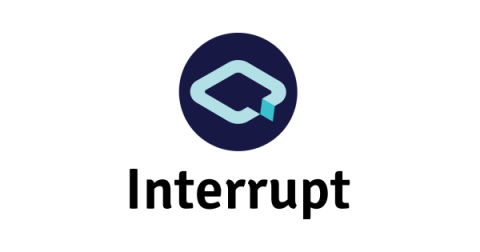GitHub Actions for STM32CubeIDE
In this article, we will explore how to use GitHub Actions to automate building STM32CubeIDE projects. Eclipse-based IDEs like STM32CubeIDE are often used for developing embedded systems but can be a little tricky to build in a headless environment.











